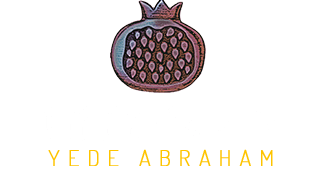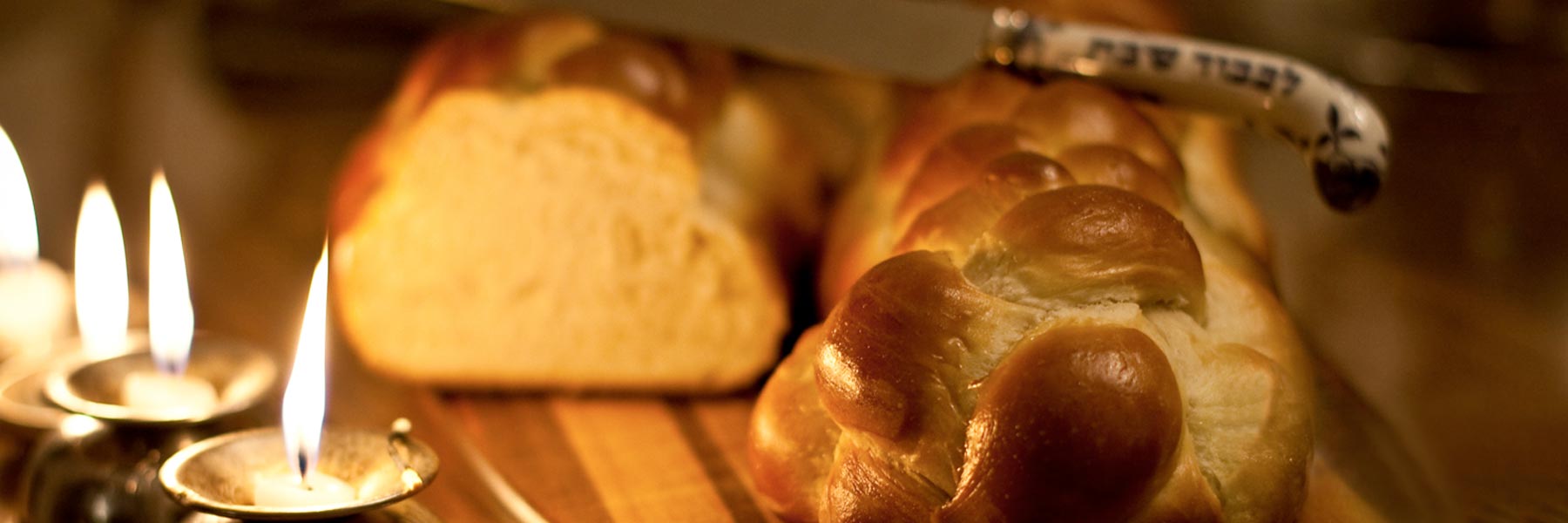Further Information:
On Shabbat Morning we start we “Tehilat Amonai,” standing. On certain Shabbatot the melody will be the theme of that Shabbat. The following Shabbatot have their assigned melody respectively:
- Shabbat Beresheet: La Despedida
- Shabbat Beshalah: Shirat HaYam
- Shabbat Yitro: Azharot of Shabuot
- Shabbat Hazon (Debarim): 3 weeks
- Shabbat Na’hamu (Vaet’hanan): Azharot of Shabuot
- Shabbatot of Rosh Hodesh, Shakalim, Parah and HaHodesh: Festive melody
- Shabbat Zakhor : Purim melody
- Shabbat Teshuba: Yede Rashim
- Shabbat Hol HaMoed for both Pessah & Succot: Festive melody
On theses Holidays (whether on Shabbat or Yom Hol) the following melodies are applied to Tehilat Amonai:
- Rosh HaShanah: (both days) and Kippur:Yede Rashim
- Succot 1st & 2nd days: Festival
- Shemini Hag Astseret: Festival
- Simhat Torah: LaDespedida
- Hannukkah : Judas Maccabaeus by Handel
- Pessah : 1st day: Tikkun HaTal
- Pessah; 2nd day; Festival
- Pessah 7th day: Shirah HaYam
- Pessah 8th day; La Despedida
- Shabuot 1st Day: Azharot
- Shabuot 2nd day: LaDespedida
These melodies will also find their way in the Kaddish before Yotser, Kedusha of SHahrit,Hallel (if any), En Kelohenu and Adon Olam.
Shabbat Morning
- The Zemirot (Pesuke DeZimrah) are lead usually, but not necessarily, by a Yahid (a lay person).
- The Birkot HaShahar are recited standing until the end of Birkat Cohanim. We omit the Berakha, Hanoten Leya’ef Co’ah.
- These Berakhot can be said in the synagogue or at home. If they are recited in the synagogue, those who did not recited them at home should respond Amen to the Hazan to fulfill their obligation and the others should also respond Amen as they would when they hear a Berakha.
- In Philadelphia, we now start from Hodu, with the assumption that congregants have already recited from page 1 to 19 at home.
- In Hodu, we must make a break between Ellilim and VaMonai.
- In three phrases we sing in a higher note: Asher Karat et Abraham, Se’u Minha Ubo’u Lefanav and Yir’am Hayam Umlo’oh.
- The Zemirot in Philadelphia are recited all in an audible voice with the penultimate line chanted in a manner as to elicit the response to the last verse by the Kahal. This last verse is repeated by the Reader.
- In New York, they read aloud the first or so Pessukim and the last two at the end of the Tehillim. The middle part is recited in an undertone or not audible.
- Amonai Melekh will be chanted in a responsive way by the reader and the Kahal. The melody will be as either regular Shabbat or the melody chanted for Tehillat at the beginning of the Services of other days.
- Mizmor LeToda is not read on Shabbat, nor on Hol Hamo’ed of Pessah
- Venatan Artsam Nahala (p. 37), in Philadelphia the melody does not change as in Amsterdam, while in New York it does.
- Barukh She’amar (p. 39) we take the two front Tsitsit in the right hand and while standing we chant Barukh She’amar. However, if there is a Minyan we should say first the Kaddish Derabbanan preceded by Ribi Hananyah Ben Akashyia Omer.
- On P.40 we recite Mizmor shir Leyom HaShabbat and Amonia Malakh as one, without stopping at the end of psalm 92.
- On P.47 the last Hallel is recited with responses; the first part by the Reader the second by the Kahal.
- From there until the end of the Zemiroth all is sung by the Kahal, with the reader leading or ending each paragraph.
- Nishmat (R. Gabbai) is started by the Reader and the congregation join in until the end of the 1st paragraph at the bottom of p. 183. The rest is recitative with the congregational responses (R. Gabbai). From Bemak’haklot on p. 185 the congregation resumes chanting until the end of the p.185.
- The Hazzan will start the Kaddish by first repeating the last line Melekh Hey Ha’olamim Amen, on a regular Shabbat (R. Gabbai, Philadelphia). Otherwise he will start from the previous line, Haboher Beshire Zimra to the tune according to the Tehilat tune of that Shabbat/holiday. In this case the melody will sometimes change for the second part of the Kaddish. After the Barekhu and its response, the Hazzan will start the Birkat yotser, Barukh Ata Amonai Elohenu Melekh haOlam, and the congregation will join audibly with the rest.
- At the bottom of p. 187 the Old Minhag of KKMI was to chant these four lines alternatively between the Hazzan and the congregation. In New York, it is sung uniformly without interruption and continues into the next page. The congregation will stop the audible part at Mizmor Shir Leyom HaShabbat. The rest is chanted with certain responses by the Kahal. The congregation will join audibly at Maher Vehabe Alenu. (R. Gabbai)
- The Shema is read with the Ta’amim. We soften the voice for Barukh Shem Kebod… (except on Kippur). (R. Gabbai)
- We also soften the voice starting with the word Pen yifteh until and including Asher Amonai Noten Lakhem. At the end of the Shema the congregation responds Amonai Elohekhem Emet and the Hazzan repeat Amonai Elohekhem Emet and continues with the word VeYatsib (he does not say the word Emet twice). The congregation will join audibly at Shira Hadasha. It is also when the congregation stands up in preparation for the Amidah.
- After the silent Amidah, the Hazzan says the Hazzarah starting in an undertone with the first Passuk, Amonai Sephatai Tiftah. Our minhag is to stand during the whole Hazzarah. R. Gabbai
- The Kedusha melody will aslo follow the pattern of the special Shabbatot.
- The Bircat Cohanim is said every day, including Shabbat in Philadelphia (provided there are more than one Cohen). After the Amidah (we do not say Yihyu and Elohai Netsor for the repetition of the Amida), we immediately recite the Kaddish Titkabbal.

